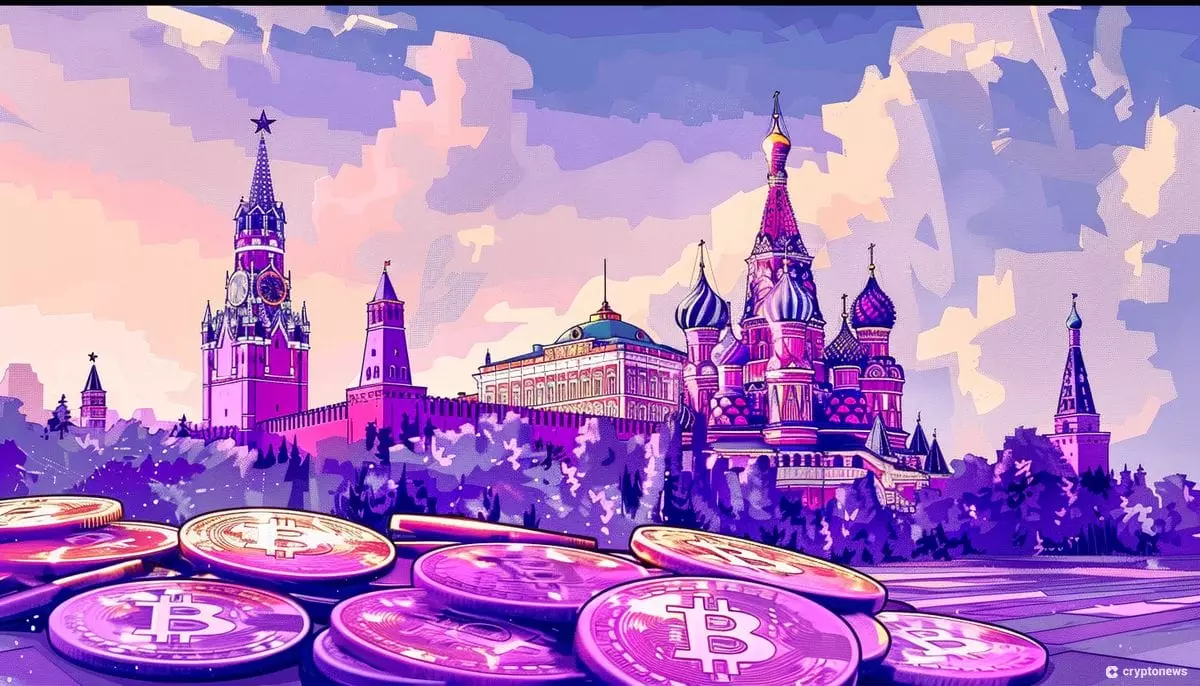The Russian Central Bank has recently reported a significant increase in cryptocurrency transactions among Russian citizens. According to the bank’s financial stability report, there has been a noticeable surge in activities on crypto exchanges and peer-to-peer trading platforms. From the fourth quarter of the Financial Year 2023 to the first quarter of FY2024, the total web traffic of Russian users on major cryptocurrency platforms rose by 16.4%.
During this period, Russians made a total of 104.6 million visits to crypto exchanges and P2P sites. The average monthly number of unique Russian IP address-holders on major crypto exchanges also saw a 15.1% increase. Despite this growth, only 7% of traffic on these exchanges originates from Russia, falling short of the 9% peak reported in the first quarter of FY2023. The Russian Central Bank utilized a tool named Transparent Blockchain, developed by the Federal Financial Monitoring Service, to track these transactions.
The report highlights that Russians show a strong interest in higher-cap cryptocurrencies like Bitcoin and Ethereum, as well as USD-pegged stablecoins such as USDT and USDC. Transactions potentially linked to Russian users amounted to over $50.2 billion, encompassing not just crypto trades but also P2P payments, remittances, and purchases of goods and services.
The Russian Central Bank cautioned users about the risks associated with holding cryptocurrencies in the country. With tensions escalating between Russia and Western nations, there is a concern that Russian holders of stablecoins like USDT and USDC could face a loss of access to their funds if blocked by the issuers. The bank emphasized the need to evaluate the risks related to potential sanctions from unfriendly countries.
In response to the escalating regulatory environment globally, the bank hinted at upcoming regulations for financial organizations in Russia. It highlighted the increased scrutiny of stablecoin transactions by regulators in the US and UK, signaling a tighter control over crypto exchanges. The bank also raised concerns that governments of unfriendly nations could impose stricter measures on user transactions, especially in the context of sanctions restrictions.
The rise of cryptocurrency transactions in Russia presents both opportunities and challenges for users and regulators. While the growing interest in digital assets signifies a shifting financial landscape, it also underscores the need for greater awareness of the risks involved. As regulatory bodies around the world tighten their oversight of cryptocurrency activities, Russian stakeholders must navigate this evolving environment with caution and vigilance.

